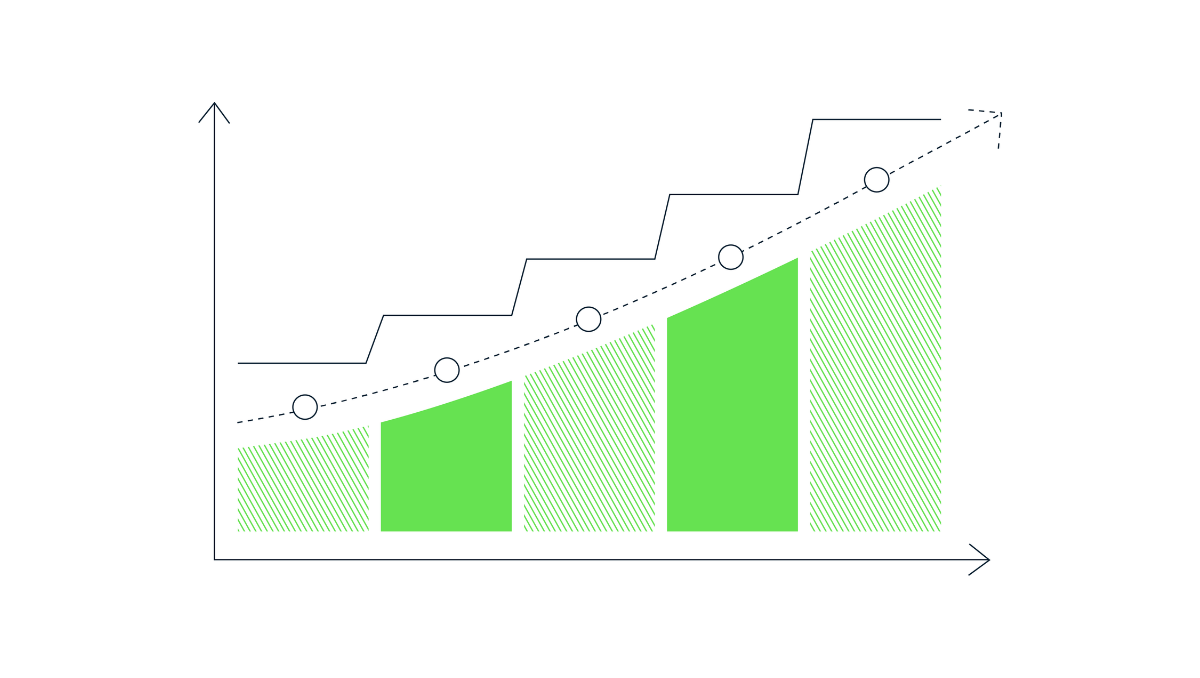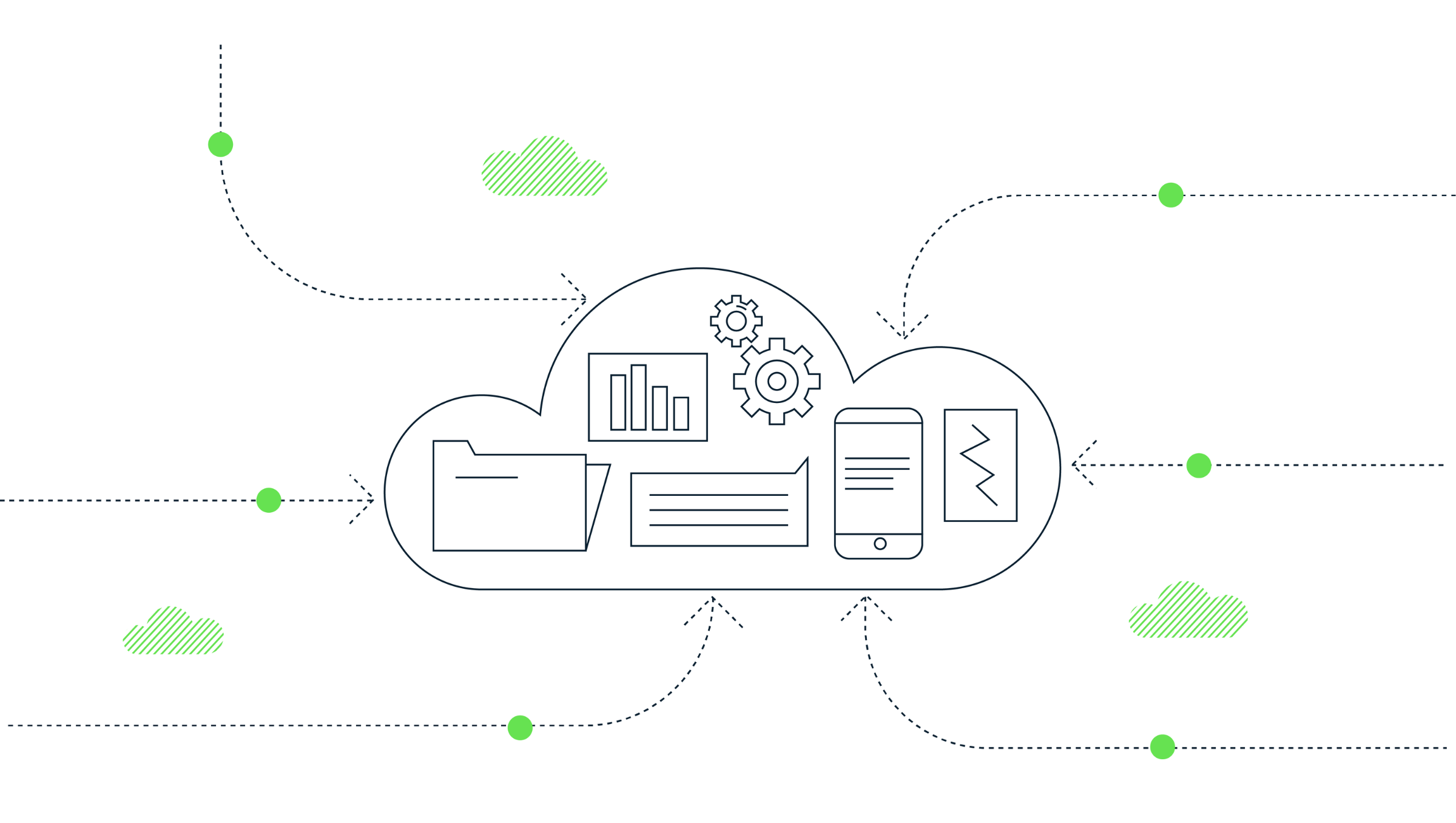The nine signs of analytics maturity

Go do a search for digital analytics maturity models or web analytics maturity frameworks – there’s no shortage of them. Some are simple, some very sophisticated. Some are definitely more practical and useful than others. Most have been created by advisors, agencies or consultancies – Gartner, McKinsey and IBM have all had a crack. If you were cynically-minded, you might even suggest such assessments were conceived with the express intent of instilling an inferiority complex and selling in a raft of services to help customers advance from Level 1 to 5.

What these models generally have in common is they’re linear and static. As such they’re unable to reflect the nuanced complexities of most large organisations and unsuited to an ever-evolving analytics landscape. The fact is, most companies can boast pockets of maturity, while still feeling they’re behind the analytics curve in most respects.
In a recent episode of our podcast, The Measure Pod, we explored this very topic with our guest, Steen Rasmussen of fellow analytics consultancy IIH Nordic. They don’t have a proprietary analytics maturity model to punt, but together, we managed to identify nine signs that indicate a mature – or at least maturing – analytics organisation.
#1 Momentum
We’ve always described analytics as an ongoing endeavour – not a once-and-done fix. There’s never a point at which you can say you’re done and that you’ve made it (sorry). Models can’t capture the speed of change, or the energy and resource that’s being directed into analytics. Perpetual progress is our first sign of maturity.
#2 Consistency
Few things are more likely to set a company back than failing to build on what’s already been done. Having a clearly articulated strategy (focus), priorities and documented deliverables can mitigate the risk of new stakeholders, with different goals and aspirations, coming in and starting from scratch.
#3 Urgency
This is a really easy one to benchmark. If a report is broken or a tag isn’t firing and the response is: we’ll sort it at some point, or let’s put it in the budget for next year, then that’s a strong indicator the data is not being relied upon and the business does not see analytics as a priority. Eliminate the friction that stops people from fixing stuff.
#4 Action
Immediate action is an obvious indicator of a data-driven culture. Are your reports and dashboards simply monitoring the vital signs of the organisation? Or are decisions made and actions taken as a direct result of what they reveal? Bonus maturity points if you have sufficient trust in your data to automate decisioning.
#5 Integration
The fifth sign we identified was integrated data. It’s a strong indicator that companies – and their agencies – are no longer thinking and operating in silos. They’re on the journey from thinking about the website, to thinking about digital marketing activity, to thinking about where the business is trying to go and how data can help them get there.
#6 Activation
Ingesting and integrating data within a marketing data warehouse is one thing, but creating and exporting new audiences or segments that can be activated through your site or marketing channels, is a sure sign you’ve taken your analytics to another level. If you can predict the likely outcome of a race with certainty, it makes sense to place some bets.
#7 Contingency
Smart companies build in budget for the unknowns. Not just for the unfortunate eventualities associated with projects, but in anticipation of unforeseen opportunities. In this sense, a lack of planning can actually be a sign of maturity. It demonstrates an understanding of the realities of dealing with data day-to-day.
#8 Imperfection
Perfection can be a debilitating distraction. Maturity is recognising it’s better to do something with imperfect data, than waiting around doing nothing until the day it’s perfect (there’s a good chance you might never get there!). Make the best of dirty data and discrepancies. And forgive the occasional error – punishing mistakes is an innovation-killer.
#9 Simplicity
Our ninth and final sign of maturity is keeping things simple and elegant. Understanding less is more. Asking fewer questions, but the right questions. Don’t run the risk of over-engineering and over-complicating, applying resources to creating things that nobody can use – or will take too long, or cost too much to maintain. Simple is smart.
There you go. Momentum, consistency, urgency, action, integration, activation, contingency, imperfection and simplicity. How many of the nine signs do you see in your organisation? And what signs did we miss? Get in touch to explore how Measurelab might help you evolve your analytics capability.
Steven Elliott
Subscribe to our newsletter:
Further reading

How to extract GA4’s event sequencing in BigQuery using the new batch fields

2024: Measurelab’s year in review
